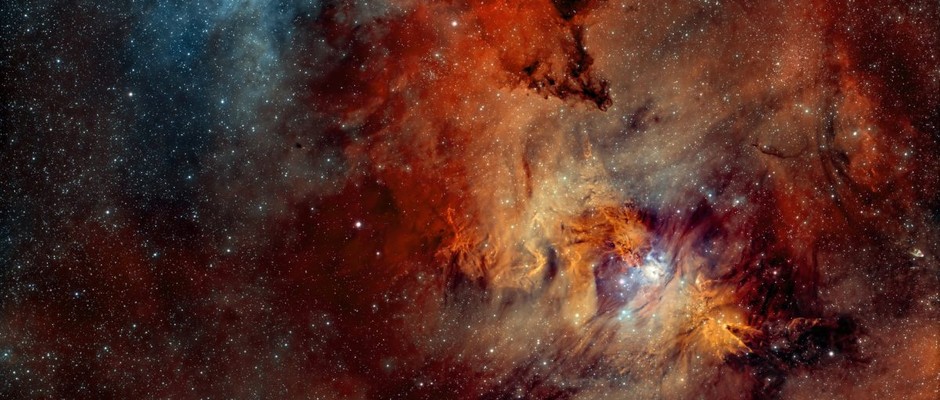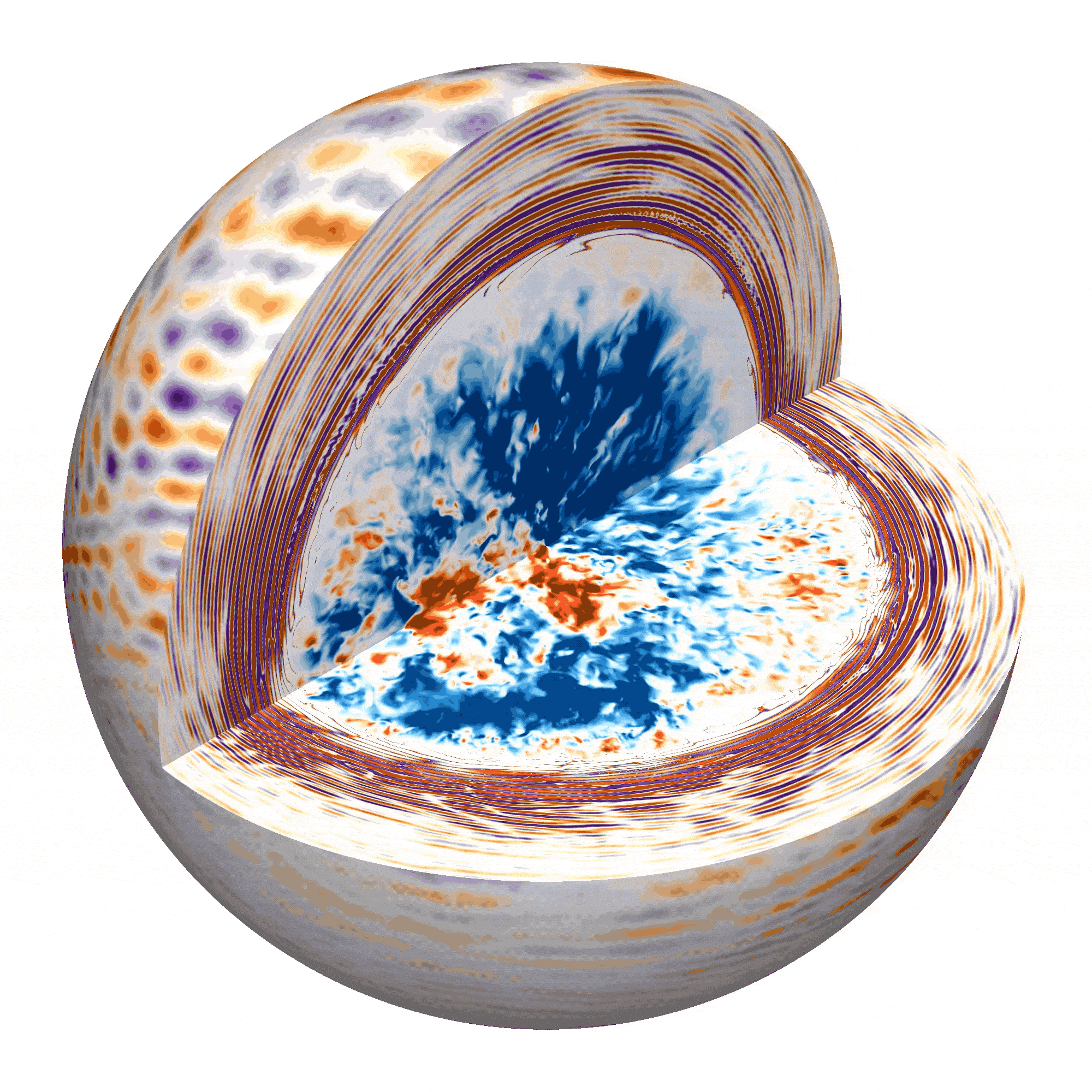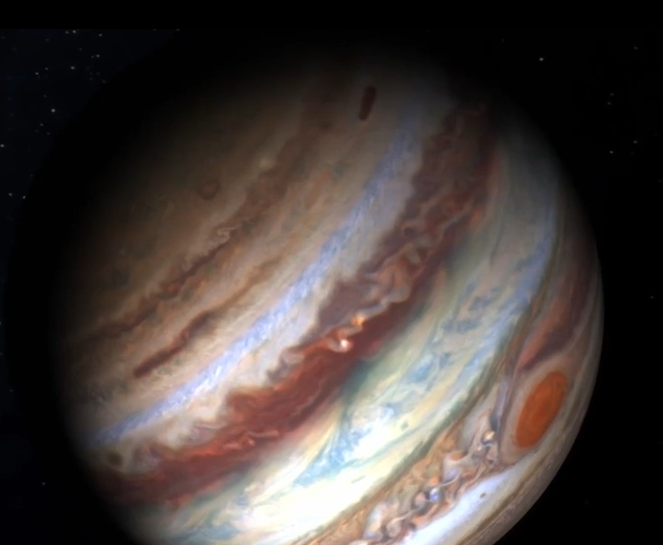Twinkles – In a first-of-its-kind audio simulation, hear a star “twinkle.”
In a first for the world, researchers have developed audio representations of the rippling gas waves that cause the ‘twinkles’ in huge stars.
Because of how our atmosphere bends starlight, stars appear to sparkle from Earth. But stars also have a “twinkle” that isn’t a trick of the eye.

This twinkling, which is currently undetectable by ground-based observatories, is brought on by rippling waves of gas on the surfaces of the stars.
According to a news release, a group of researchers at Northwestern University have created the first 3D models of energy rippling from a large star’s core to its outer surface.
The frequency of these actual twinkles may be calculated by the scientists using their calculations.
These rippling waves could also be converted into sound waves by the researchers, who today, July 27, published their findings in a study in the journal Nature Astronomy. This allowed listeners to hear what this “twinkling” sounds like.

Twinkle twinkle, little star
The team’s research on gas waves emitted from the centres of large stars led to the development of the novel audio representation of star twinkling, which is a world-first.

Evan Anders of Northwestern University, who oversaw the study, stated in a press release that “motions in the cores of stars launch waves like those on the ocean.”
Anders stated, “When the waves reach the star’s surface, they cause it to twinkle in a way that astronomers may be able to observe.
|
Scientists built a three-dimensional simulation of energy waves flowing across three different stars, then transformed those ripples to sound waves and put them to the classic song of “Twinkle Twinkle Little Star. ” This breakthrough should allow scientists to look deeper than ever before into the innards of stars. |
” We have created computer models that, for the first time, let us calculate how much a star should twinkle as a result of these waves.
Future space telescopes will be able to investigate the center areas where stars create the ingredients necessary for life and breathing thanks to this research.
Convection zones exist in stars, where gases churn, forcing heat outward toward the star’s surface.
This convection zone can be found at the core of big stars with masses at least 1.2 times that of our sun.
“Convection within stars is similar to the process that fuels thunderstorms,” noted Anders. “Cold air descends, warms, and rises again.
” Heat is transported by a chaotic process.”
The process also generates waves, which cause starlight to decrease and brighten on a regular basis.
The scientists set out to recreate the processes that take place within the cores of these huge stars, offering fresh insight on how these waves cause the stars to twinkle.

“Stars get a little brighter or a little dimmer depending on various things happening dynamically inside the star,” explained Anders.
“The twinkling caused by these waves is extremely subtle, and our eyes aren’t sensitive enough to detect it.
” However, powerful future telescopes may be capable of detecting it.”
Read More –
The “world’s 1st ” AI-generated news site is here – NewsGPT |
The sounds of stars and space
Anders and his colleagues also utilized simulations to produce sound.
The natural waves have a frequency that is too low for human ears to hear, therefore the researchers raised their frequencies to make them audible.
The creepy sounds may be heard by clicking on the following link.
The waves produce varied sounds depending on the area of a star from which they originate, according to the researchers.
Waves emitted from the center of a massive star, for example, sound like a sci-fi movie ray gun.
However, when the wave travels to the surface of the star, the sound changes, becoming suggestive of a low echo rebounding in an empty room.
| According to the researchers, examining the waves inside stars might one day lead to a deeper understanding of the internal dynamics that power stars, as well as assist astronomers in making a first-of-its-kind telescopic detection of stars’ elusive inherent twinkling. |

















